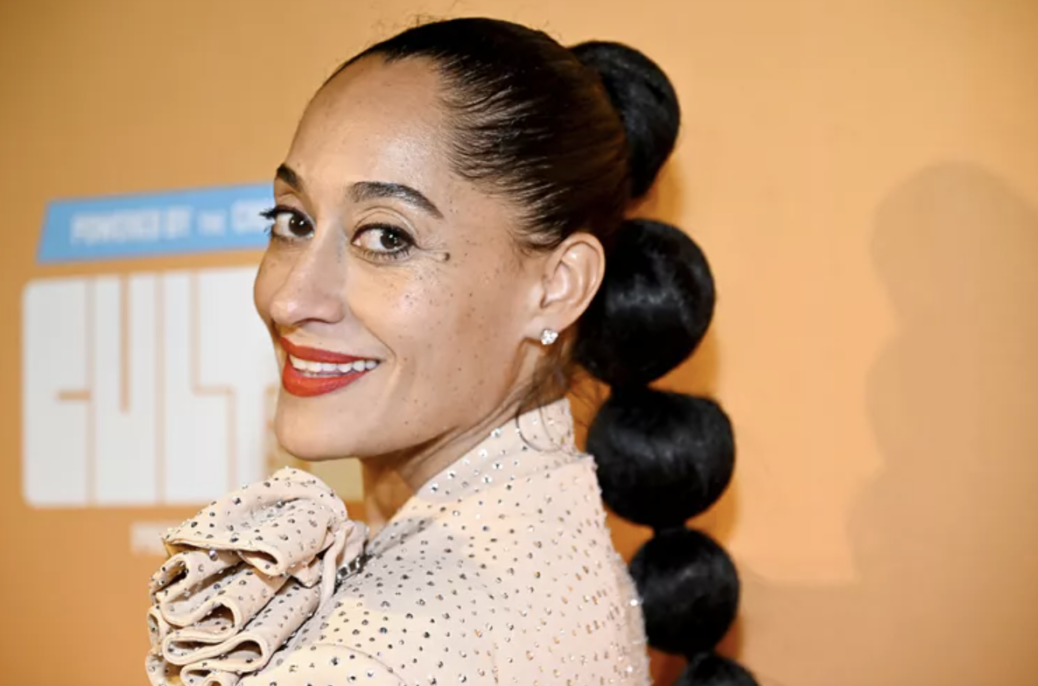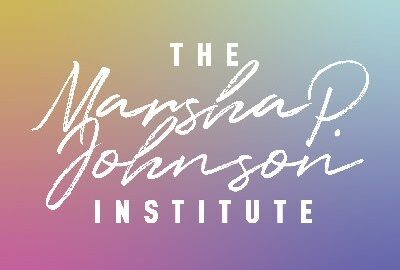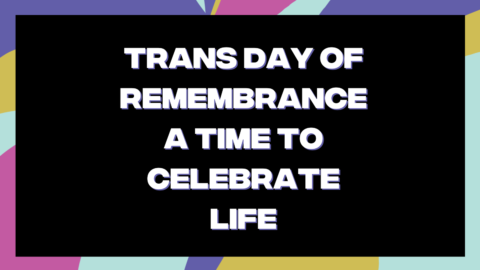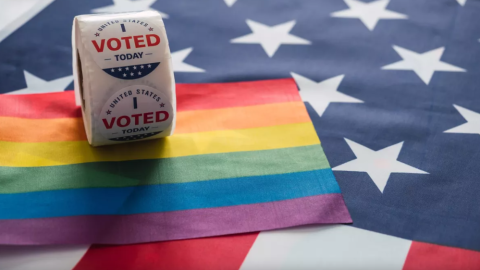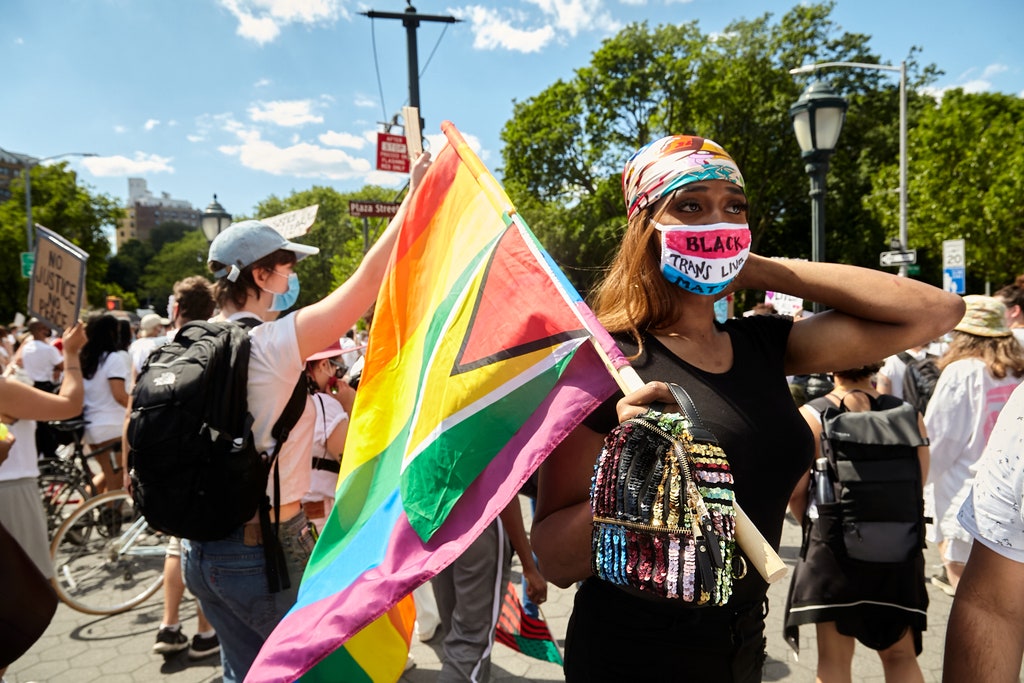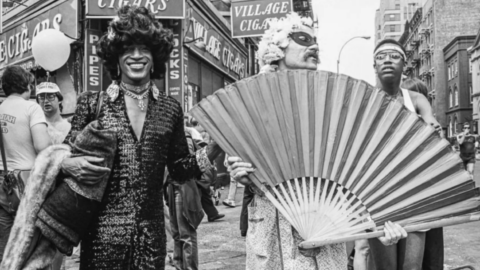“We get to see ourselves and hold that space with each other, because our world doesn’t really do that.”
When it comes to Hulu’s latest docuseries The Hair Tales, the medium is the message.
The six-part docuseries — which premiered on Oct. 22 and was co-executive produced by Tracee Ellis Ross, Oprah Winfrey, and Michaela angela Davis — explores how Black hair can be used as a medium to communicate identity and joy, while also being a pillar of beauty and artistry. Over the course of six episodes, Ross has real and intimate conversations with notable women, including Oprah, Issa Rae, CHIKA, Chloe Bailey, Marsai Martin, and Congresswoman Ayanna Pressley.
Each of the talks delve into the intersections of beauty, culture, race, and identity, with historical commentary from experts like Ayana Byrd, author of Hair Story: Untangling the Roots of Black Hair in America, Elle Moxley, Founder and Executive Director of The Marsha P. Johnson Institute, Jessica Cruel, Allure magazine’s first Black Editor-in-Chief, and Esi Eggleston Bracey, Unilever’s Chief Operating Officer and Executive Vice President of North American Beauty and Personal Care and champion of the CROWN (“Creating a Respectful and Open World for Natural Hair”) Act.
Between the scenes of these intimate one-on-ones is beautiful, interstitial rhinestone-encrusted portraits, created by acclaimed contemporary visual artist Mickalene Thomas. At every turn, The Hair Tales reminds viewers of the magnificence of Black women and their hair — but that’s only the beginning.
In a conversation with InStyle, Ross gets more in-depth about her latest project, and shares her thoughts on the complexities and joys of Black womanhood and our curls — from 2B to 4C hair.

You say that hair is a metaphor. Can you expand on what you mean by that, and how this series is intended to explore that idea?
The Hair Tales is an intimate and intentional celebration, exploration, and discovery of the humanity of Black women told through the metaphor of our hair. We’re using hair as sort of an organizing principle. Hair is a portal into our souls, and if you look into the story of our hair, the legacy and the history and the sense of community and connection that lives there, you discover our humanity. That’s what we mean by metaphor.
One thing this series does well is lay out undeniably that hair discrimination is a form of racism which a lot of people have trouble understanding or validating. Why was that point important for you to highlight?
Because it’s true! When you look at the CROWN Act, people don’t understand that it’s a civil rights issue and that in the discrimination against hair, you are actually limiting an identity and a humanity from being able to live freely. The Hair Tales really is a space and a place where we are hoping that we can give context to an experience and an identity that is so often decontextualized and is often told through the lens of struggle and hardship, and instead look at it through the lens of joy and celebration.
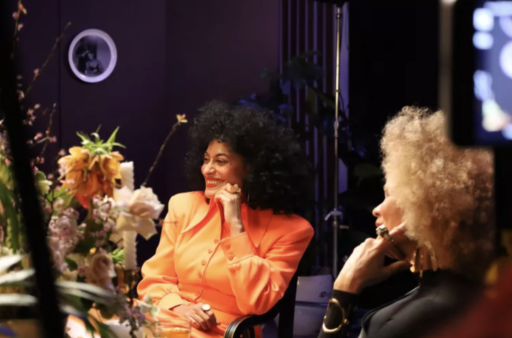
One of the kind of fallouts of hair discrimination being so universal, is that hair trauma then becomes a universal experience for Black women. Were you surprised to hear how much of a through line it was through all the experiences the women shared with you?
I don’t think hair trauma was a through line. I think it is a part of the story. The hair tales that were shared were examples of what happens when you come into contact with the world’s version of you versus your own identity and experience of yourself. And it can be traumatic, yes, but there is trauma in the forming of identity in all spaces. I think the through line of the show, what the show centers around, is actually joy.
There’s a moment where Issa Rae sits in awe after hearing you describe cornrows as elegant. It’s a word association she, and many of us, aren’t used to. When did you first start paying attention to the vernacular or the vocabulary of beauty associated with Black hair and become conscious of how you talked about it?
I’ve always been conscious of language. I feel that it has so much power; it creates space and it also limits space. I’ve always been very intentional about the language that I use and I get that from my mom. From early on in my career, I have been very intentional about how I wear my hair in different roles. For example, in scenes where it’s supposed to be sexy or a date night or Valentine’s Day or any of those moments, I often very specifically try to not wear my hair straight and put heat on my hair, because there is so much power in how we see ourselves and the messaging that we unconsciously are told.
When I discovered cornrows, I thought it was the most elegant thing I’d ever seen. It was a different way to create that glamorous shape of the head. So much of what I discovered in the making of Hair Tales was about that new language for feelings that I’ve had, and where I was able to see myself and others and us in each other and learn new things about ourselves. That’s part of why we wanted to do and create Hair Tales, is to offer a love letter to Black women and a space where we could share our humanity and our sense of community, and the legacy and history that we come from, in a form of celebration and joy and beauty, as opposed to the trauma.

In between interviews we get these intimate gab sessions in the setting of the Black beauty shop. What was the idea behind including that?
The intention for this series was to be an expression of the expansiveness of Black women, and so we were intentional in the development of the show about trying to create spaces where we could see as much of ourselves as possible. Each episode is surrounded around the conversation with a notable person, but then that is framed by academics and scholars and then the salon, which are all parts of the experience of Black women and our hair.
Black women are the subject and audience for this series, but because you have Pattern Beauty, they’re also your consumers. What has working on these projects about Black hair taught you about Black hair that you maybe wouldn’t have learned had you not focused on them in this way?
Well, let me first clarify. This is a show about Black women for everyone. It is a love letter to Black women, and the hope is that Black women see themselves and really feel how beautiful they are and find identification and a sense of community in that. And the hope is that for everyone else who watches the show, that they not only get to identify in the places of how culture and the culture of beauty leaves so many of us out, but also get to gain a deeper respect and understanding and love of Black women. In terms of what I have learned, honestly, I don’t think I’ve learned anything new. I think part of why Pattern has been received the way it has, and hopefully Hair Tales will be received that way, is they’re really offering up a space where we can be ourselves.
Part of the mission of Pattern is not only to exceed the needs of the curly, coily, and tight texture community, but to be an active space that is centered around the celebration of Black beauty. And that’s really what The Hair Tales is — a docuseries centered around the celebration of Black beauty told through Black women. If anything, what the hope is and the promise is, is that we get to see ourselves and hold that space with each other, because our world doesn’t really do that.

